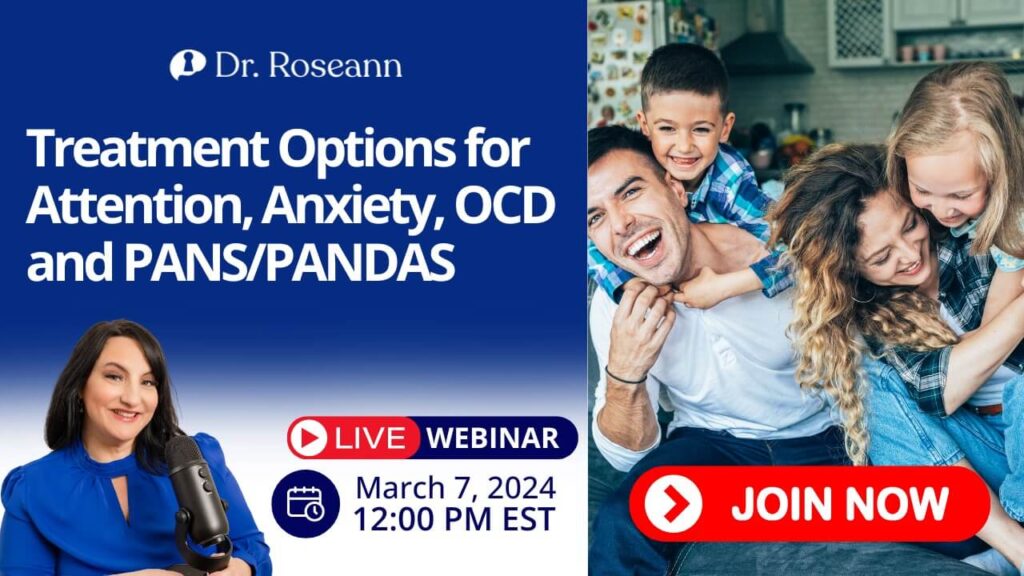
AuDHD Symptoms: What’s Beneath the Surface?
Attention Deficit Hyperactivity Disorder (ADHD) and Autism Spectrum Disorder (ASD) are both neurodevelopmental conditions, and some individuals experience their combined effects. Such a condition is often referred to as AuDHD, which can present a unique set of challenges and symptoms. The dual diagnosis of ADHD and ASD makes the condition very complex (Mayes et al., 2012). The first step to













